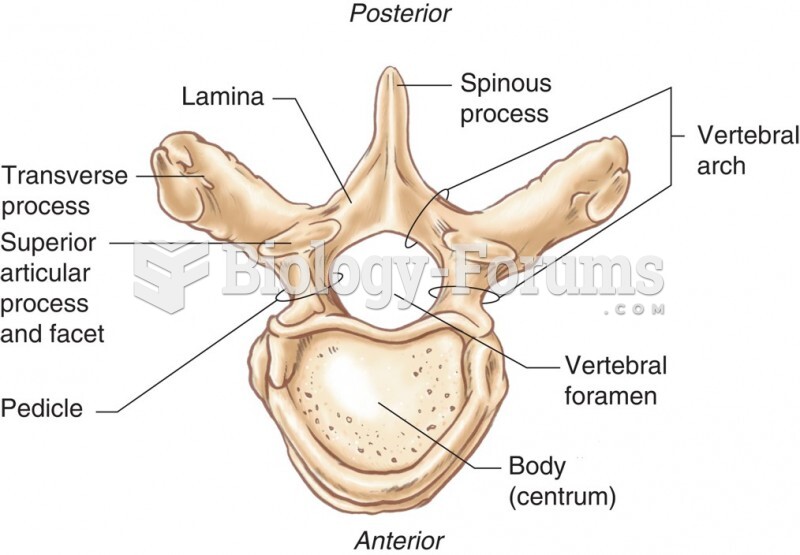This topic contains a solution. Click here to go to the answer
|
|
|
Did you know?
Individuals are never “cured” of addictions. Instead, they learn how to manage their disease to lead healthy, balanced lives.
Did you know?
The strongest synthetic topical retinoid drug available, tazarotene, is used to treat sun-damaged skin, acne, and psoriasis.
Did you know?
Approximately 500,000 babies are born each year in the United States to teenage mothers.
Did you know?
Signs and symptoms of a drug overdose include losing consciousness, fever or sweating, breathing problems, abnormal pulse, and changes in skin color.
Did you know?
It is difficult to obtain enough calcium without consuming milk or other dairy foods.
 The Mandarin Duck (Aix galericulata), or just Mandarin, is a medium-sized perching duck, closely rel
The Mandarin Duck (Aix galericulata), or just Mandarin, is a medium-sized perching duck, closely rel
 The Land Ordinance of 1785 called for surveying and dividing the Western Territories into square mil
The Land Ordinance of 1785 called for surveying and dividing the Western Territories into square mil





